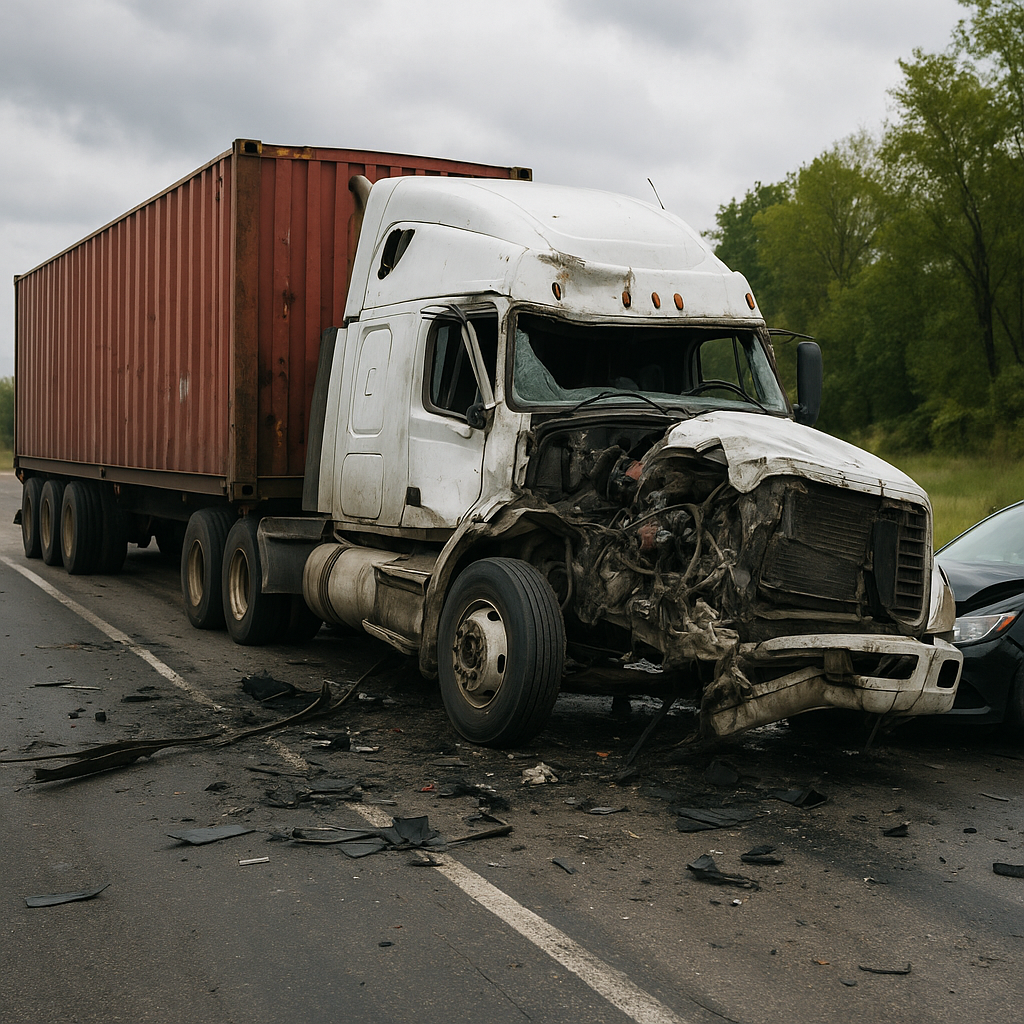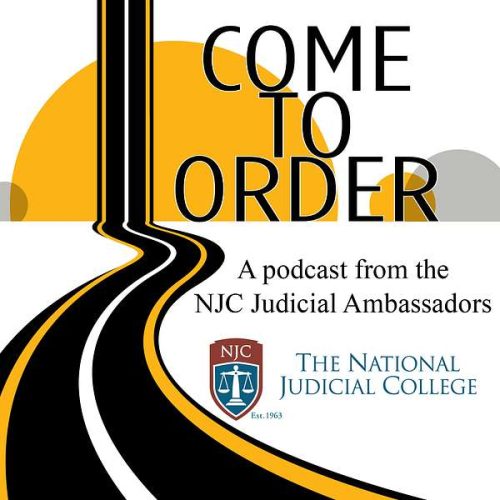








This episode continues our series on human trafficking and what judges need to know and what they can do to help address this issue in their communities. It explores how biases may prevent judges from recognizing human trafficking in their courtrooms.
Guests include:
Dr. Joseph A. Vitriol, an assistant professor at Lehigh University in Pennsylvania. He holds a Ph.D. in social-personality and political psychology from the University of Minnesota, Twin Cities, and a BA/MA in forensic psychology from John Jay College of Criminal Justice.
Dr. Christine McDermott, who is a research fellow at the National Judicial College. She earned her Ph.D. and master’s in interdisciplinary social psychology from the University of Nevada, Reno and her bachelor’s degree from the University of Colorado, Colorado Springs.

This is the final episode of our four-part series on human trafficking and what judges need to know and what they can do to help address this issue in their communities. This episode focuses on how the trucking industry is fighting human trafficking and how that may impact how cases end up before a judge.
Guests include:
Jake Elovirta, the Director of Enforcement Programs for the Commercial Vehicle Safety Alliance; Judge Chris Turner, who is a Magistrate Judge and director of Judicial Outreach in the Third Judicial District in Shawnee County Kansas; and Dylan Wecht, a Public Sector Engagement Specialist for Truckers Against Trafficking.

